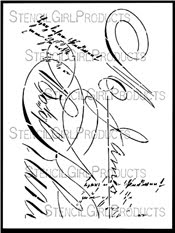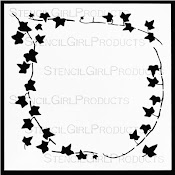StencilGirl Talk: Mary Beth Shaw's VLOG: March 2022
-
StencilGirl Talk: Mary Beth Shaw's VLOG: March 2022: Join Mary Beth in
Amsterdam and Paris! Click here for more information and registration!
Saturday, May 31, 2014
Tuesday, May 27, 2014
Thursday, May 22, 2014
Thursday, May 15, 2014
Friday, May 9, 2014
Subscribe to:
Posts (Atom)




















































































